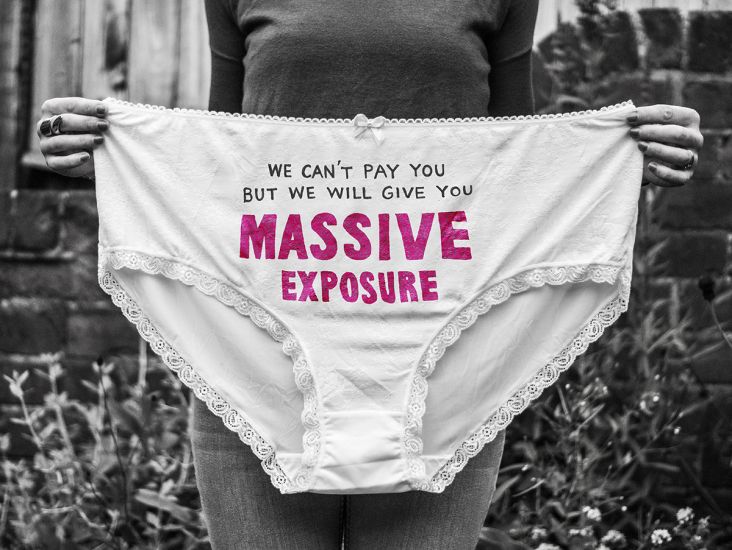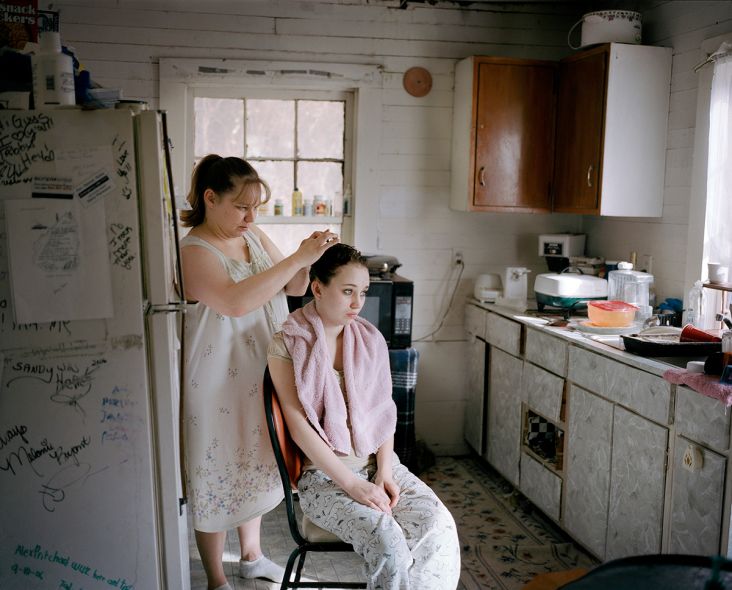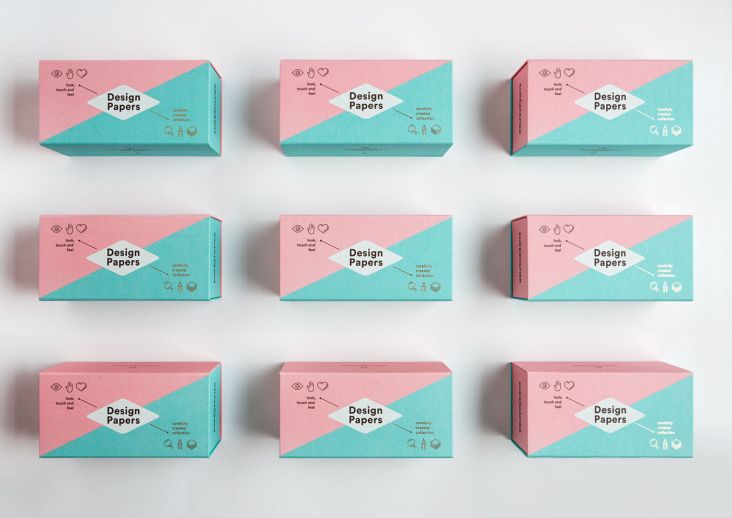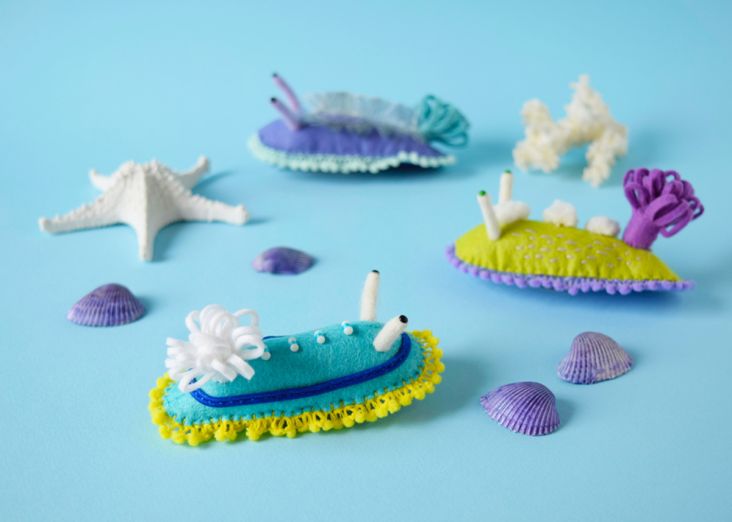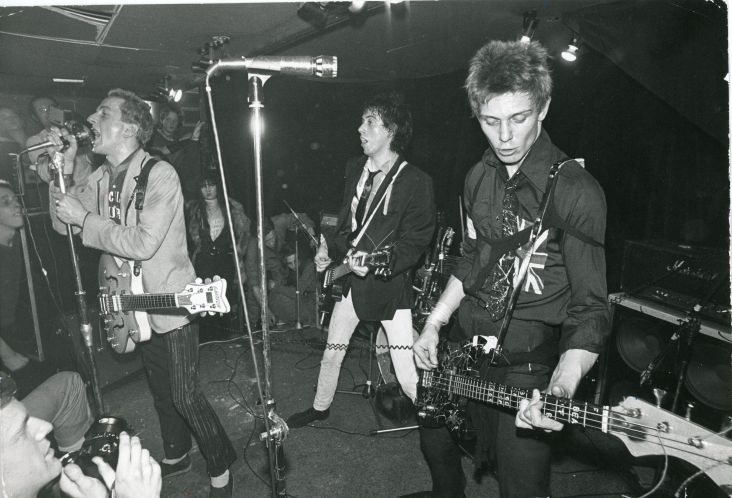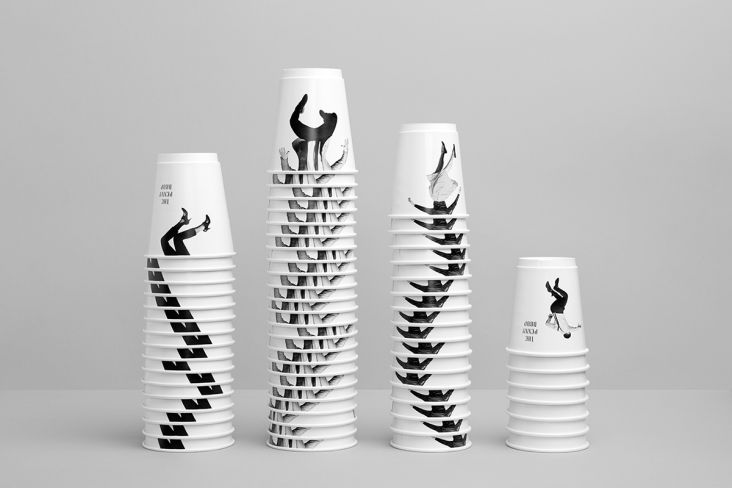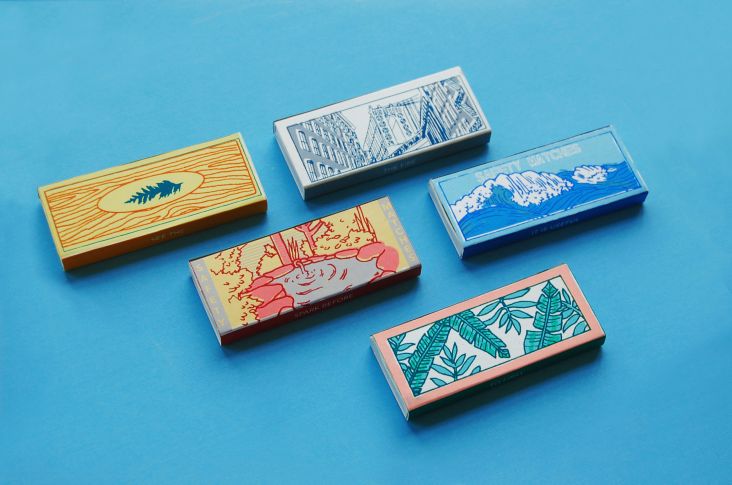Matt Giordano-Bibby on iconic design, pubcasting and following your heart
Matt Giordano-Bibby is an artistic designer from the north east of England. His experience spans fourteen years of producing artwork for the apparel market, and he is currently contracted by Superdry.
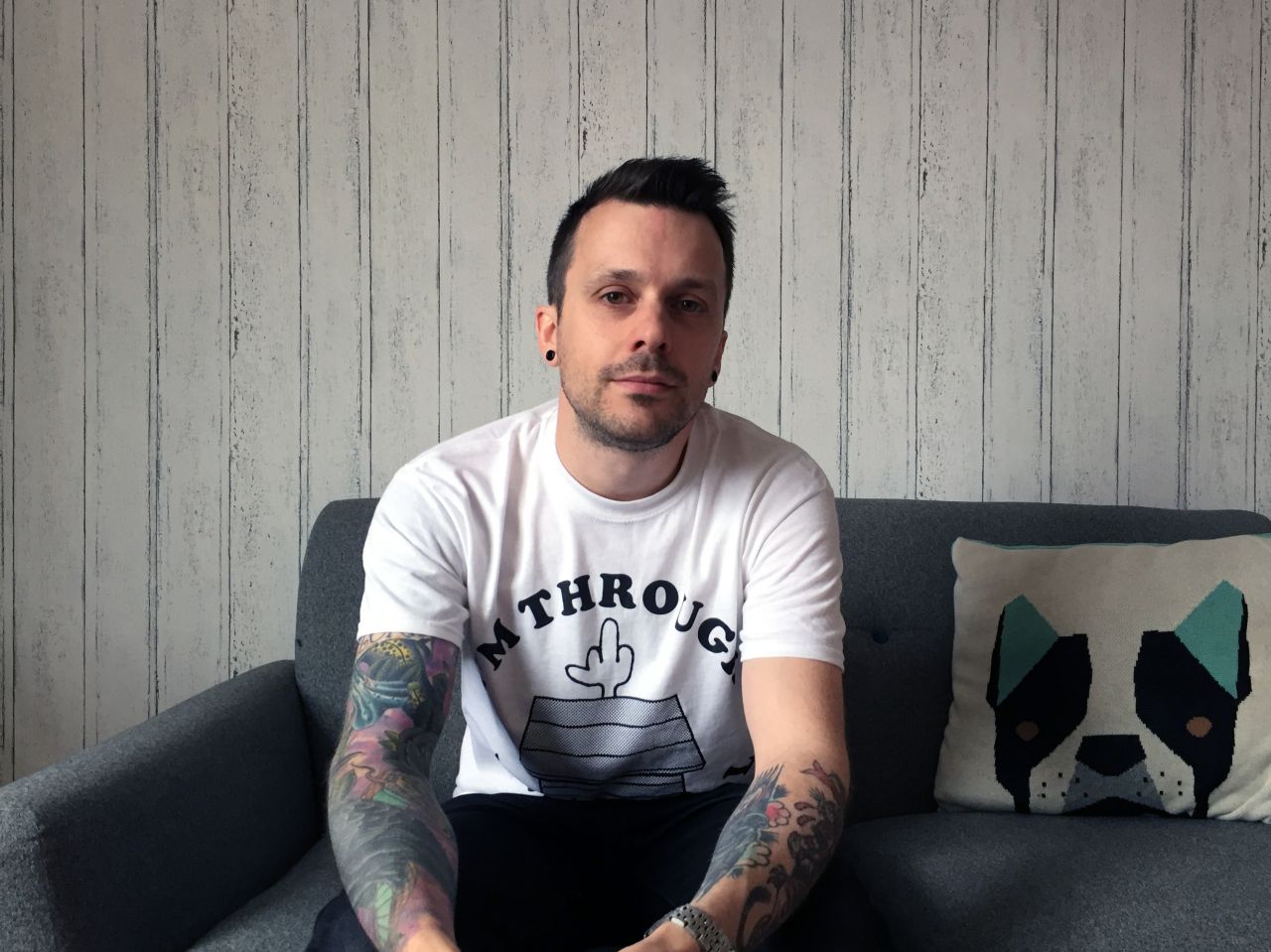
A self-confessed design geek, Matt has recently started a 'pubcast' with friend and fellow design lover, Nick Dulake, which provides a platform for discussing their passion over a couple of pints.
His previous clients include Fly53, WGSN, StyleSight, Wrangler, Fenchurch, Chunk Clothing, Topman, Gul, Goose, and Timberland.
We caught up with Matt to chat about his experience of working for some of the world's most internationally renowned clothing brands, alongside setting up a passion project. Here's what he had to say...
Firstly, please tell us a bit about yourself
I’m Matt, I’m 37 and I’m a graphic designer for apparel. I live in Sheffield with my wife and two-year-old son and our dog, Batman. I’ve been a designer for fourteen years and have worked for a range of brands and labels. I’ve been part of the design team at Superdry for the last five years.
How did you first get into design?
I was lucky enough to go the university route and land straight to work. A lot of my peers weren’t so lucky and it only seems to have become harder for graduates since then.
I was always ‘arty’, drawing and imitating styles I liked but I didn’t apply myself until I did a foundation course at Middleborough College of Art and Design. My tutors pushed me forward and encouraged me to follow my gut, which led me to choosing fashion as my field and the University of Derby as my next step.
The freedom of the Fashion Studies course at Derby allowed me to take my work experience in Sydney, Australia, where I worked in the surf and skate industry. That was a crucial step, which led me to become a graphic designer for apparel, and here I am today designing all aspects of embellishment, print, and patterns.
You currently work for Superdry. How does working for one brand differ to freelancing? What would you say are the main pros and cons?
It’s a good mix for me right now. I’m still technically self-employed and essentially freelancing but under a contract with Superdry. Working like this is just like a 9-to-5, full-time gig, where the work can be left at the end of the day and picked up in the morning (so long as the seasonal deadlines are met), and each party has to give notice of the termination of the contract just like a ‘real’ job.
Contrast that with typical freelance work, where you have a project to design 12 t-shirts in two days – with no guarantee of future projects, and it’s very jammy. The biggest pro of freelancing is the rate of pay, but it’s always taboo to talk money though huh? Ha!
Working with one brand also means you understand the client and their ideas a lot more and as such provide them with what they need a lot quicker and easier. Working for a brand that makes you proud of your work is always a bonus too. Seeing your designs in the wild is always a buzz.
In terms of cons, I’m a bit like a ghostwriter, which can be an odd feeling. I’m the kind of designer that helps brands and labels get their best sellers but freelancers tend to be quite invisible from a PR or public perspective. I don’t have a style or handwriting that people seek out for being a particular flavour, so I think clients come to me for flexibility and experience.
Is there a pressure that comes with joining an established brand, like Superdry?
That depends on the brand. The biggest pressure working with any brand is tuning your handwriting to their style or at least a complementary style. Then the pressure is keeping up the quality. Superdry promote hand-rendered type and getting that right time and time again while staying fresh can be a challenge, but so far so good.
During your career you’ve worked with many fashion brands. Do you think graphic design and fashion go hand in hand?
Fashion is as much a part of graphic design as print or web, and fashion without graphic design would lose a huge dimension of creativity. Graphic design in fashion can be anything from a button to an all-over print and there wouldn’t be a t-shirt industry without graphic designers. So yeah, they’re synonymous. Even though I wasn’t formally trained in graphic design per se, it’s probably quite true to say design skills are transferable from field to field.
Fashion should be seen as an aspect of graphic design.
You’ve recently started a design ‘pubcast’. Can you explain what this entails?
Essentially ‘pubcast’ is probably just a bad buzzword for a podcast recorded in a pub! That’s all there is to it. A few mics and a few pints. So far the pubs have been very accommodating as we sit in a corner with this audio equipment, which can scare other punters away, but we try to promote our locations and the beers/breweries and all that, so we like to think we’re helping them in some way.
What initially inspired you to start your podcast?
I started The Design Pubcast with my neighbour and industrial designer, Nick Dulake. I listen to a lot of podcasts while I work as I’m mostly working from my home studio on my own and a podcast can feel like you’re part of a conversation in that situation.
After listening to podcasts and wanting to socialise more with designers and peers in design I decided to create a podcast around creative meet-ups. My initial idea was to literally create a podcast called Creative Meat-ups and meet in a burger joint to talk shop with other local creatives. I was having a pint with Nick when I told him this idea and we realised that we essentially do that with each other over a pint rather than a burger so we decided to just give it a go.
We’re in the very early days, only four episodes in, and we’re making tweaks and adjustments to the format etc., as we progress but essentially we meet up once a fortnight in a pub, sometimes with a guest, and talk about two topics over two pints and the result is an hour of design-themed entertainment.
"Fashion is as much a part of graphic design as print or web, and fashion without graphic design would lose a huge dimension for creativity."
Podcasts have become extremely popular in recent years. What would you say is the winning formula to creating a successful podcast?
There’s a lot of theory about this. As with most things good production quality is important. We’re learning a lot about that as we go forward. From the mics, the editing and even your voice (you learn a lot about your vocal ticks doing this) people like a polished product but it’s not the be all and end all.
I hope that our ramblings are at least a little bit interesting or occasionally entertaining otherwise we better pack in the recording aspect of our trips to the pub.
One of the hardest things and arguably one of the more important things to do is provide regular, reliable content. As we move forward this is our biggest hurdle and target. When it’s not your day job or it’s just a hobby it can be hard to invest time on a regular basis, but if you’re going to be a ‘content creator’, well, you kinda have to create content.
For Nick and myself, being the amateurs and egomaniacs that we are, we’re also hoping that the guests on the Pubcast will bring something special to the mix. Hopefully their kudos will rub off on us!
Having something meaningful to say is, to me, the most important thing. If you have someone listening you need to give them a return on their investment of time. Give the listener something to take away from the conversation.
What are your go-to design podcasts?
I subscribe to several. Design Matters with Debbie Millman is my favourite. 99% Invisible is so well produced and each episode is fascinating and way too short (in a good way). Equally, Creative Mornings, Clever, Design Review are all good ear fodder.
Can you describe your design process? When you’re given a brief, where do you start?
With Superdry a season begins with masses of research. From city shopping trips to antique fairs and loads of Internet research in between. That research is whittled down and the focus is pulled tighter on to certain themes, trends and references that we then start to work up, putting pen to paper and inking as many ideas as possible.
For work other than Superdry I love a brief that fires ideas into your mind from the first second you open the email. Then it’s a case of capturing those on paper with a few sketches. If the brief doesn’t provide that level of ideation I might find more research material that I feel fleshes out the project to get the ideas flowing. I’m very much a doodler and sketcher but using a tablet can bypass the pencil sketch stage, as it can sometimes be quicker to sketch straight into Illustrator etc. Unlike product design or other 3D fields, graphic design projects can flow from a simple sketch to a finished design very quickly with the right equipment.
What is your work set up?
I work from home 90% of the time so getting a nice workspace is crucial to enjoying that time. I’m probably a heretic as I’ve always bought PCs and I only have a Macbook for when I’m travelling to the office once a week or so. At home it’s PC all the way. A big ol’ Wacom tablet is a must combined with a big ol’ monitor and plenty of light, bright desk space for drawing and photographing those drawings. I love Adobe’s Creative Cloud products too.
Who or what inspires you?
I have to say Nick is a huge inspiration. The Pubcast is primarily just a way for us both to stay excited by design. It decompresses our week, gives us more to think about than our day-to-day projects and makes design exciting and fun.
James Holder at Superdry is an obvious choice of inspiration and aspiration too. To see what they’ve done with their brand and to work with James is amazing. Outside of my immediate work I’m in love with Instagram. It’s such a huge source of inspiration and an amazing tool.
Would you say your work follows a particular theme?
While I do have to write ‘Superdry’ hundreds of times a season I don’t think I follow a theme. I am sometimes envious of those designers with an iconic style but I’m happiest designing a wide range of material and themes (at least that’s what I tell myself).
What project are you most proud of?
I love any design that comes back in the Bestsellers list. Designing posters for Artcrank is always really good fun. I helped organise the first London show and still dip my toe in the poster waters now and again. The projects I’ve enjoyed the most revolved around design concepts for denim trims and packaging. I think because they’re not my typical type of project they stand out in my mind.
And finally, what three pieces of advice would you give to someone starting out in the design industry?
If I look back at how I made my way through I’d say the best advice is follow your gut. There are so many facets to design with different avenues and such a wide range of roles that you can be any kind of designer you want, just follow you gut to find the right path for you.
It can frustrate a lot of designers that have ‘done their time’ but design is becoming universal and if you’re just at the start then there’s more routes in to design today than ever before.
My next tip is stay busy. Produce work and material even if you’re not an employee or there is no job in your inbox. Give yourself a brief, emulate a project you’ve seen and do it your way or just fill a sketchbook, whatever, just stay busy, building a portfolio and learning the skills.
The last bit of advice is kind of the same as the first but instead of your gut follow your heart. You need to love this to do this. Design has an image that can attract people for the wrong reasons at times because when the projects stack up and the deadlines are looming and your back aches and you’re working into the early hours of the morning, it’s then you need to know you’re doing this because you love it.
Check out Matt’s work at Made Good Supply and make sure you listen to The Design Pubcast.




 by Tüpokompanii](https://www.creativeboom.com/upload/articles/58/58684538770fb5b428dc1882f7a732f153500153_732.jpg)

 using <a href="https://www.ohnotype.co/fonts/obviously" target="_blank">Obviously</a> by Oh No Type Co., Art Director, Brand & Creative—Spotify](https://www.creativeboom.com/upload/articles/6e/6ed31eddc26fa563f213fc76d6993dab9231ffe4_732.jpg)









